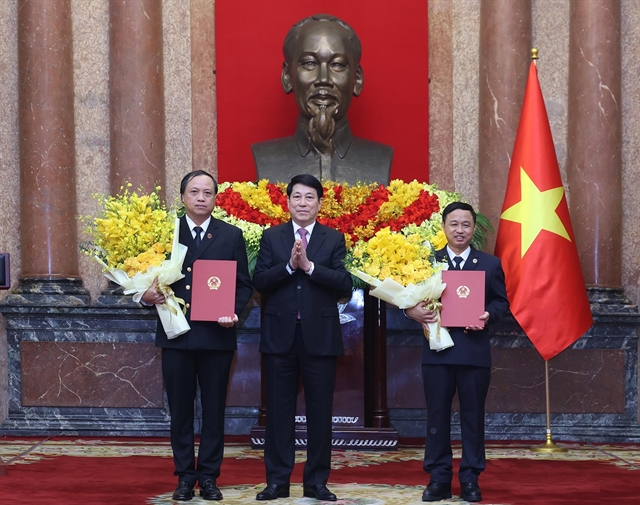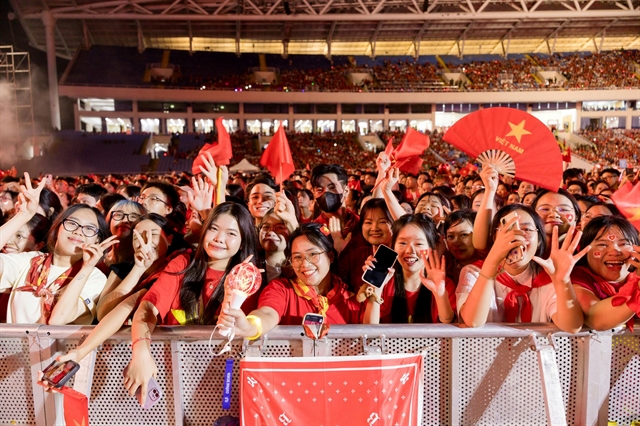HONG KONG SAR -
Media OutReach - 13 December 2022 - KPMG China released its China Economic Monitor report for Q4 2022. According to the report, China's economy grew by 3.0% year-on-year (yoy) in the first nine months of 2022, with Q3 growing by 3.9%, 3.5 percentage points higher than Q2, and better than market expectations. From a quarter-on-quarter (qoq) perspective, the economy grew by 3.9% in the third quarter, a significant improvement over the -2.6% growth rate in the second quarter. "We expect China's economy to accelerate its recovery in 2023," said Kevin Kang, Chief Economist of KPMG China. "Pandemic repercussions, downturn in the real estate market and change in international geopolitics are a few of the factors that slowed GDP growth in Q2. However, stable government policy continued to support the recovery in Q3, and China's economy continues to show resilience."
China's National Health Commission (NHC) released a circular in early November 2022, announcing 20 new measures to further optimise the Covid-19 control measures. In addition, the government released a new 10-point plan in early December to further ease Covid curbs. The new measures include steps that will make it easier for overseas travellers to enter the Chinese mainland, such as shortening quarantine time and removing the indirect contact and medium risk areas related rules, amongst others. More fine-tuning is expected in the next couple of months to effectively contain the virus while minimising its impact on economic and social development.
In the first three quarters of 2022, the accumulated industrial value-added saw solid growth by 3.9% yoy, up by 0.5 percent point compared to the first half of 2022, Q3 industrial value-added increased by 4.8% yoy.
China's overall consumption recovered slowly due to the resurgence of Covid-19 infections in some areas of China, and the accumulated growth of total retail sales in the first three quarters grew by 0.7% yoy, up by 1.4 percent points compared to the first half of 2022. In terms of retail sales, due to the recovery of production and supply chain and introduction of stimulus policies such as the reduction of vehicle purchase tax, automobile consumption grew by 18.2% yoy in Q3, a solid growth compared to Q2 and the main driver of consumption. In addition, household goods sales remain strong, and the accumulated sales of retail goods increased by 1.3% yoy, up by 1.2 percent points compared to the first half of 2022. However, the pandemic has posed an impact on consumer confidence, the recovery of the catering sector remained anaemic, falling by 1.7% in September,10 percentage points lower than that in August. The overall recovery of the consumer markets still needs to be consolidated.
Investment in fixed assets increased by 5.9% yoy for the first three quarters of 2022, Q3 was up by 5.6%, an increase of 1.1 percent points compared to Q2. With better weather conditions and accelerating infrastructure construction, industrial production showed a rebound in Q3, and infrastructure investment grew by 14.6% yoy.
Affected by a higher base, and considerably weighing on global demand, China's export growth rate fell for three consecutive months, with October exports falling 0.3% yoy. Due to the increased risk of recession in the US and the US consumer recovery from goods to services, the growth rate of China's exports to the US yoy turned negative since August, down 12.6% yoy in October. In addition, the growth rate of exports to the EU in Q3 also fell, down 9.0% yoy in October, which in turn hindered exports. It is worth noting that the Regional Comprehensive Economic Partnership (RCEP), which officially took effect this year, has had a positive effect on China's trade with the relevant countries. China's exports to ASEAN are still growing strong, and for six consecutive months since May have maintained a growth rate of more than 20%, becoming the main contribution to exports.
On the import side, China's total imports in Q3 were basically unchanged from last year, however, the yoy growth rate turned negative in October. On the one hand, the fall in commodity prices lowered the number of imports, and on the other hand, it also reflected that domestic demand remains weak. Looking ahead, the continued slowdown in external demand has led to increased downward pressure on exports in Q4. However, against the backdrop of high global inflation and geopolitical conflicts, the cost advantage of Chinese products and the advantage of the industrial chain will enable China's export growth to remain resilient
China's monetary policy continues to support economic growth, and its stance will continue as accommodative in the next phrase. On the aggregate side, it will provide a reasonable abundance of liquidity and increase credit support to the real economy. On the structural side, China will step up its direct credit support in a policy package which includes special relending facilities, benefiting small and medium enterprises, the green finance sector, technology, as well as and the elderly care industry.
Hashtag: #KPMGChina
The issuer is solely responsible for the content of this announcement.

 Media-OutReach Newswire
Media-OutReach Newswire



.jpg)

